It’s summertime in southwest Florida — a slower time of year for local residents when the “snowbird” retirees migrate back north to escape the rising temperatures, and the rest of us who don’t mind the heat as much get to savor the peace and quiet. If you’re like me and enjoy empty beaches, less traffic, and having your pick of tables at local restaurants, it’s a great time to visit. But it’s one of my favorite times of year for another important reason.
It’s turtle season!
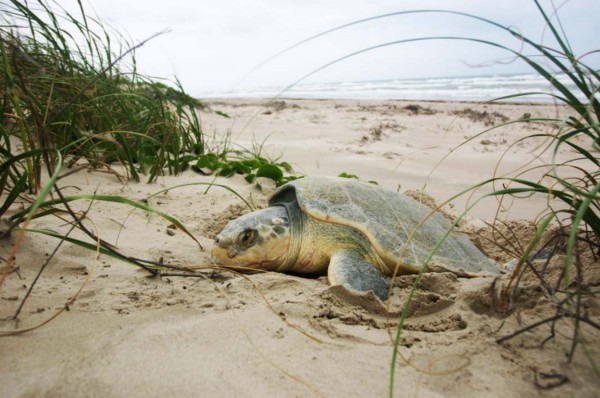
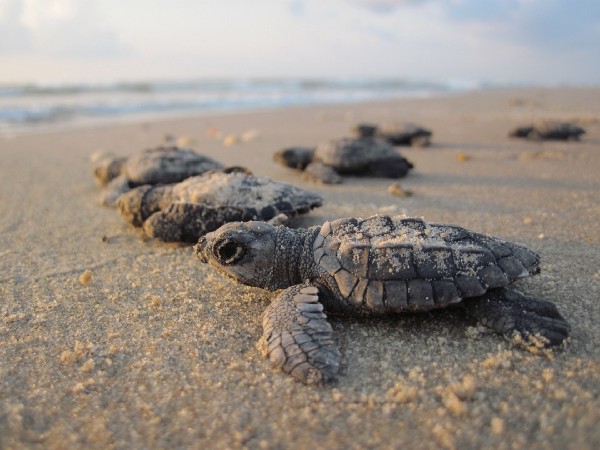
When it comes to large migrating turtles, your first thought may go to places like Costa Rica or the southwestern Pacific, but each year between 40,000 and 84,000 nests are dug in the sand along Florida beaches. From May to September, sea turtles come ashore to lay their eggs in the soft sand, though leatherbacks have been known to arrive as early as February depending on the water temperature. Females will typically arrive at night from the Gulf to dig their nests, with only about one in 1,000 hatchlings eventually surviving to adulthood.
You’ll find five main species of sea turtles along Florida’s coastlines all varying in weight and size: Green, Leatherback, Kemp Ridley, Hawksbill, and the most common in Florida, the Loggerhead. Kemp Ridley turtles are unique to the Gulf of Mexico so you’ll rarely see them anywhere else. In size comparison, the smaller Green and Kemp Ridley turtles weigh in at around 75–100 pounds (34- 45kgs), whereas the Leatherback can tip the scale at a whopping 1,300 pounds (590kgs) and grow to up to 8 feet long (2.5 meters)! Large egg deposits help ensure the survival of hatchlings. Loggerheads lay an extraordinary amount — around 100 eggs in each nest roughly the size of ping pong balls — and can dig 2 to 3 nests per season.
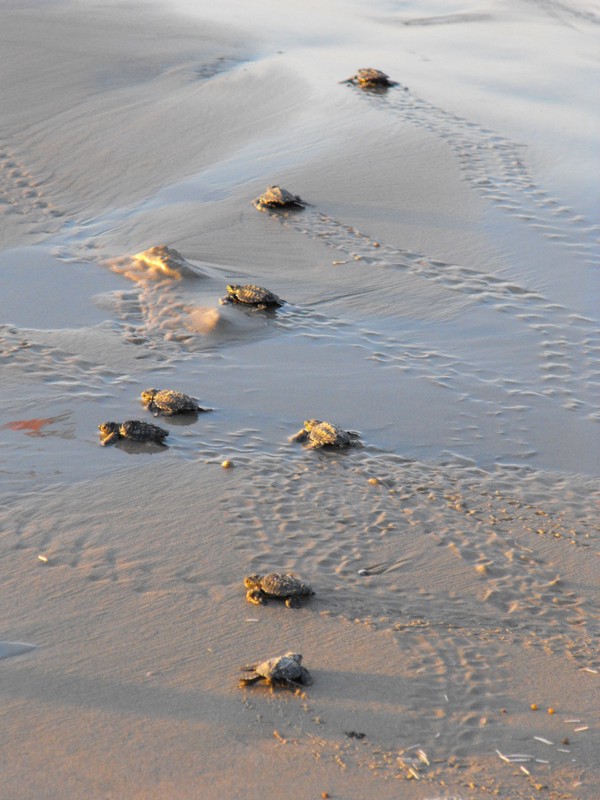
After about 60 days, the hatchlings begin to emerge, usually late in the evening as the sun sets and the warm sand begins to cool. They emerge from the sand simultaneously, a process that can take several days. Then off they go toward the Gulf of Mexico or Atlantic Ocean waters, instinctively looking for any bit of natural light reflecting off the water.
But the trip to the sea can be the hardest part of their journey. Many hatchlings will die of dehydration if they don’t make it to the sea fast enough. And with such open exposure to a long list of natural predators — birds, raccoons, coyotes, and crabs among them — the wide beaches are threatening to cross as they paddle their way to the water. For those who do make it, this first trek “imprints” their home beach into the hatchlings, and they’ll return again as adults to lay their nests on the very same beach.
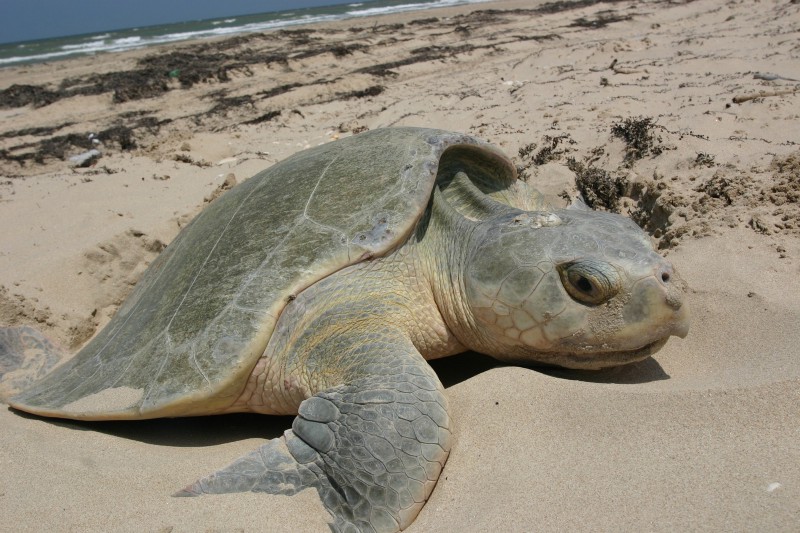
When I first moved to Florida and ventured out to one of those uncrowded restaurants with no lines, I learned an important lesson about nesting turtles when I asked our waiter if he could turn on the twinkle lights wrapped around the palm tree next to us. It never occurred to me it could have anything to do with protecting the local wildlife. He explained why as we sat at our table in the dark on the sand. Turtles coming ashore follow the light, so by turning off any bright lights along the shoreline, they’re not attracted to places they shouldn’t be.
If you’re planning a summer visit to the coastal towns of Florida this year, you just might encounter a turtle or two, or at least the remnants of their nocturnal visit. Bright yellow caution tape will indicate freshly laid nests along sand dunes, a reminder to us all to look but don’t touch.
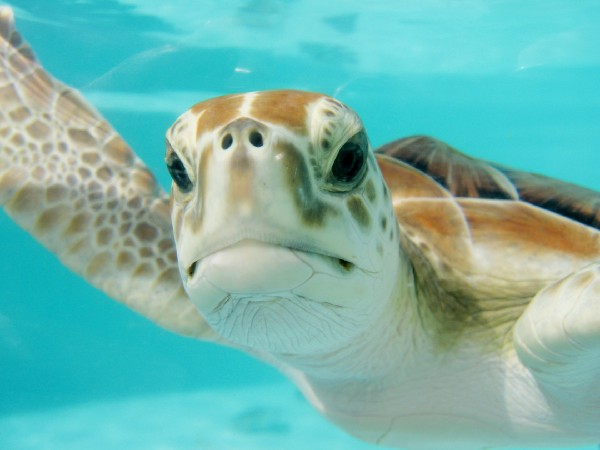
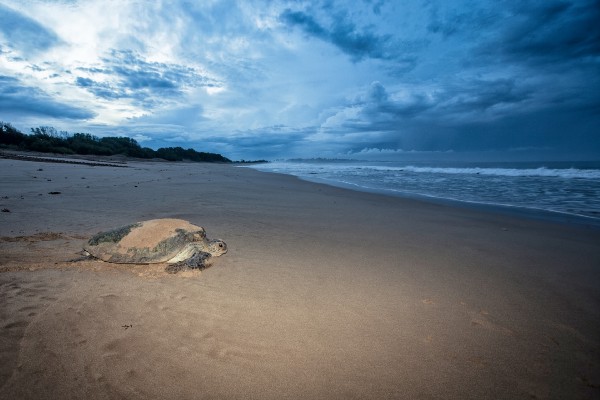
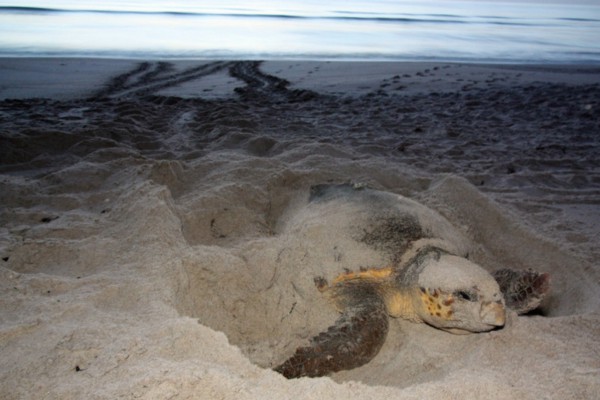
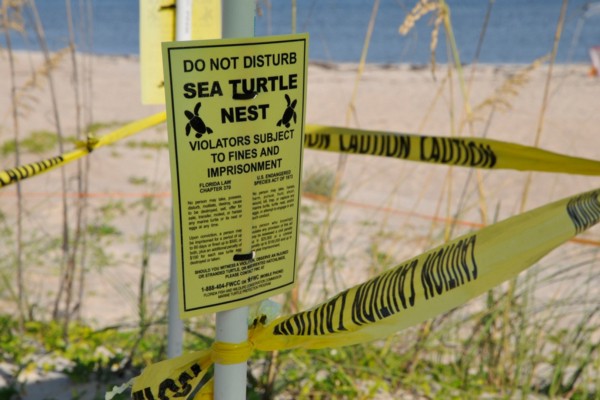
Here’s What You Can Do to Help
- It’s the Law — All five turtle species in Florida are listed as either endangered (Green, Leatherback, Hawksbill, and Kemp’s Ridley turtle) or threatened (Loggerhead). Therefore it is illegal to harass, harm, or kill any sea turtles, hatchlings, or eggs. It’s also illegal to import, sell, or transport turtles or products made from turtles.
- Lights and Flashlights — If you’re exploring the beaches in Florida at night, use “turtle safe lighting” — red lights that emit a very narrow portion of the visible light spectrum. This is much less intrusive to nesting sea turtles and hatchlings. Attach a shield to your flashlight so turtles and hatchlings are not disoriented by the light.
- Help Keep Beaches as Natural as Possible — turtles can get stuck in sand holes or become disoriented by unnatural obstacles in the sand. So remove any chairs, furniture, or even sandcastles you build that can obstruct their arrival.
- Take only pictures, leave only footprints — Never disturb or hinder the path of an adult or baby turtle, and PLEASE resist the temptation to pick up hatchlings!
Special thanks to Lori Sorrentino for contributing this article. For more articles by Lori, visit www.travlinmad.com
Looking for more on turtles? Check out our interview with Nicky Parazzi from Local Ocean Conservation on how their team is working to protect this precious marine environment.
